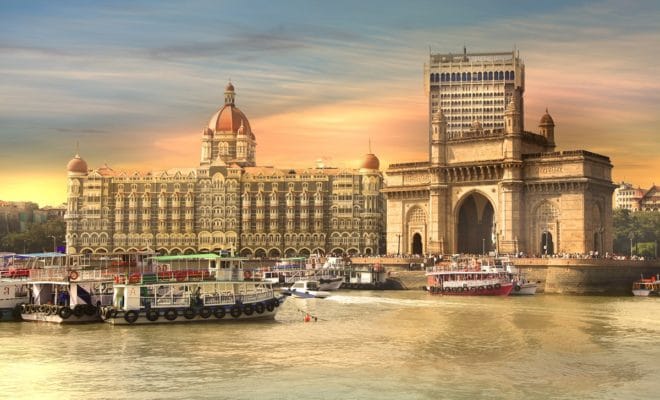India
British Colonizers Siphoned Out £9.2 Trillion From India

Picture Courtesy: Bigstock
Britain morally owes reparations for the 3 million civilians who died in the Bengal famine, because it was an engineered famine.
Britain drained over £9.2 trillion from the colonized India from 1765 to 1938, a renowned economist claimed in a recent interview.
Indian economist Utsa Patnaik told Live Mint in a recent interview, “Between 1765 and 1938, the drain amounted to £9.2 trillion (equal to $45 trillion), taking India’s export surplus earnings as the measure, and compounding it at a 5% rate of interest. Indians were never credited with their own gold and forex earnings. Instead, the local producers here were ‘paid’ the rupee equivalent out of the budget—something you’d never find in any independent country. The ‘drain’ varied between 26-36% of the central government budget.”
Patnaik, Professor Emeritus at Jawaharlal Nehru University’s Center for Economic Studies and Planning talked about the fiscal relations between Colonial India and Britain during the days of empire in a recent paper published by Columbia University Press.
According to Patnaik, “There was virtually no increase in per capita income between 1900 and 1946, even though India registered the second largest export surplus earnings in the world for three decades before 1929,” Live Mint reported. The article noted that Britain’s 2018 GDP estimate accounts at about £2.3 trillion, meaning the colonized India’s drain would have caused serious damage to Britain’s economy, turning it upside down.
In an article, The Political Economy of the Raj: The Decline of Colonialism, B. R. Tomlinson stated that colonized India’s “Imperial Commitment” acted in a three-fold way; it provided a market for the “British Goods,” to pay interest on the sterling debt and the other charges that fell due in London and to maintain a large number of British troops from Indian revenues and also make part of the local army available as an “imperial firebrigade.”
Patnaik explained the British empire’s mechanism in colonized India and how it played an instrumental role in the decline of Indian average life expectancy which was just 22 years in 1911, in the Live Mint interview. Patnaik said, “the purchasing power of ordinary Indians was being squeezed by high taxes, the per capita annual consumption of food grains went down from 200kg in 1900 to 157kg on the eve of World War II, and further plummeted to 137kg by 1946. No country in the world today, not even the least developed, is anywhere near the position India was in 1946.” Further, she noted, “Britain, in particular, morally owes reparations for the 3 million civilians who died in the Bengal famine, because it was an engineered famine.”
In an in an article in the Hindustan Times, Patnaik wrote: “Simply put, Britain used locally raised rupee tax revenues to pay for its net import of goods, a highly abnormal use of budgetary funds not seen in any sovereign country.”
She added, “The East India Company from 1765 onwards allocated every year up to one-third of Indian budgetary revenues net of collection costs, to buy a large volume of goods for direct import into Britain, far in excess of that country’s own needs. Since tropical goods were highly prized in other cold temperate countries which could never produce them, in effect these free goods represented international purchasing power for Britain which kept a part for its own use and re-exported the balance to other countries in Europe and North America against import of food grains, iron and other goods in which it was deficient.”
“How was it possible for Britain to export so much capital—which went into building railways, roads and factories in the U.S. and continental Europe? Its BoP deficits with these regions were being settled by appropriating the financial gold and forex earned by the colonies, especially India. Every unusual expense like war was also put on the Indian budget, and whatever India was not able to meet through its annual exchange earnings was shown as its indebtedness, on which interest accumulated”, she told Live Mint.
The colonial era for Indians was when they were “deprived of every bit of the enormous international purchasing power they had earned over 175 years.”
Speaking about the surge of the capitalist world, she told the publication, “The modern capitalist world would not exist without colonialism and the drain. During Britain’s industrial transition, 1780 to 1820, the drain from Asia and the West Indies combined was about 6 percent of Britain’s GDP, nearly the same as its own savings rate. A third of India’s budgetary revenues was not spent domestically but was set aside as ‘expenditure abroad.”
She claimed, “Britain would collapse; it does not have the capacity to pay even a fraction of what it drained over 200 years.”
